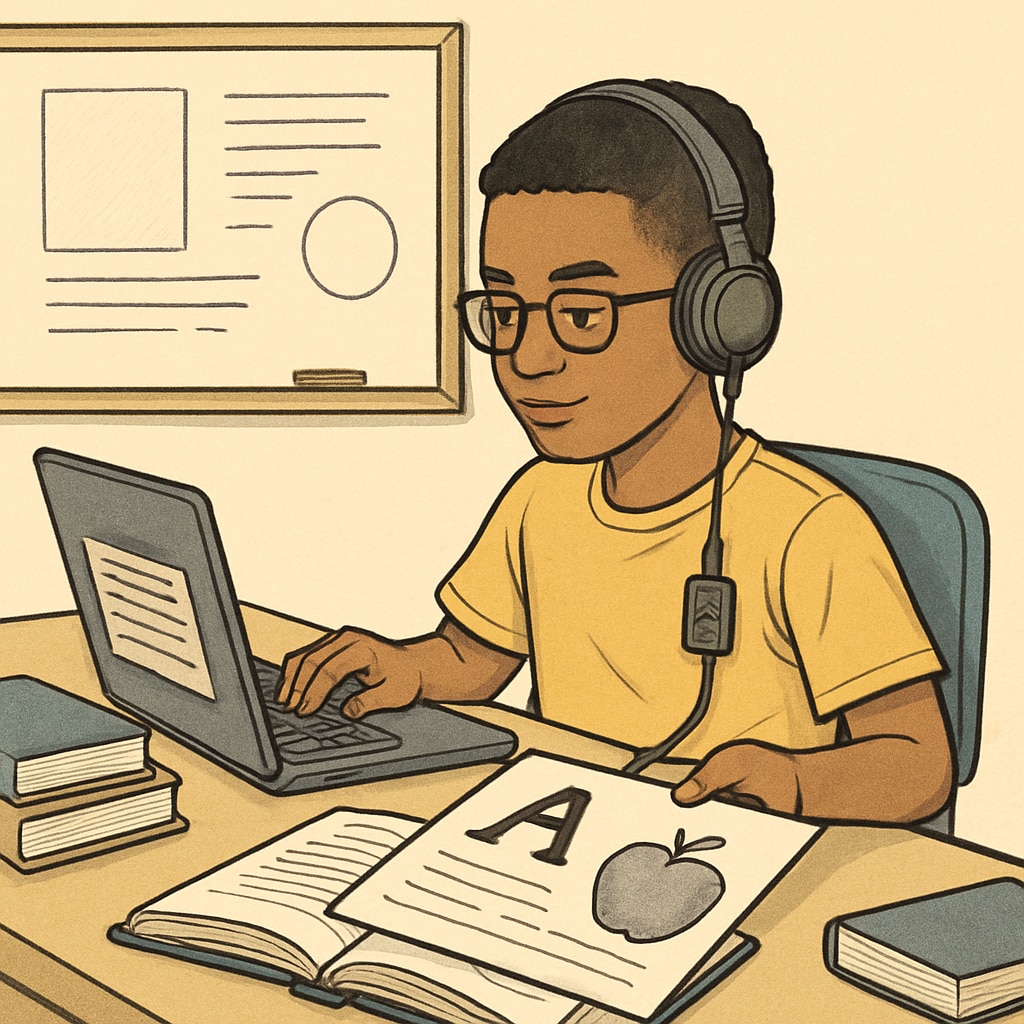For many students, the path to achieving their dreams is often paved with obstacles. For one K12 student, the pursuit of a medical dream has been accompanied by significant learning difficulties. These challenges have highlighted the limitations of traditional education systems while showcasing the importance of personalized support, collaboration between educators and families, and mental resilience.
Understanding Learning Disabilities and Their Impact
Learning disabilities (LDs) are neurological disorders that affect how individuals process information. Common examples include dyslexia, attention-deficit/hyperactivity disorder (ADHD), and dyscalculia. For students aiming to enter demanding fields like medicine, these disabilities can present unique hurdles. For instance, difficulty in reading comprehension or retaining complex medical terminology can slow progress and impact confidence.
Education systems often struggle to accommodate these students effectively. Standardized curricula and traditional teaching methods may fail to address their needs, leading to frustration and setbacks. However, with proper interventions and individualized strategies, students can overcome these challenges and thrive.

Strategies to Support Students with Learning Challenges
For students like the one in this story, achieving a medical dream requires more than academic effort—it demands a robust support system. Here are key strategies that can make a difference:
- Personalized Learning Plans: Tailoring lessons to individual needs through alternative teaching methods, such as visual aids or hands-on activities, can help students grasp complex concepts effectively.
- Assistive Technologies: Tools like text-to-speech software, voice recognition, and specialized apps can make learning more accessible.
- Family Involvement: A supportive home environment plays a crucial role. Parents and guardians can collaborate with educators to create consistent learning experiences at home and school.
- Building Emotional Resilience: Learning disabilities often lead to feelings of inadequacy. Counseling or mentorship programs can help students build confidence and stay motivated.

Educators and Families: Partners in Success
Collaboration between schools and families is essential for students with learning difficulties. Educators can provide valuable insights into a student’s strengths and areas for improvement, while families can offer emotional support and advocate for necessary accommodations. Open communication ensures that all parties work toward the same goal: the student’s success.
For example, Individualized Education Plans (IEPs) are powerful tools for bridging the gap between home and school. These plans outline specific strategies and resources tailored to the student’s needs, ensuring consistent support across learning environments. Schools that invest in teacher training on LDs can further enhance the quality of education for these students.
The Power of Mental Resilience
Achieving a medical dream while navigating learning challenges requires immense mental strength. Resilience helps students bounce back from failures, cope with stress, and stay focused on long-term goals. Techniques such as mindfulness, positive reinforcement, and goal-setting can foster resilience.
One inspiring example comes from the student in this story, who learned to embrace their unique learning style. Despite initial setbacks, they developed strategies to excel in subjects like biology and chemistry by breaking down complex topics into manageable chunks and leveraging visual learning tools. Their perseverance reminds us that challenges can be stepping stones to success.
Readability guidance: The article uses short paragraphs and lists to summarize key strategies, ensuring clarity and accessibility. Each section incorporates transition words to maintain flow and engagement, while minimizing passive voice and long sentences.


